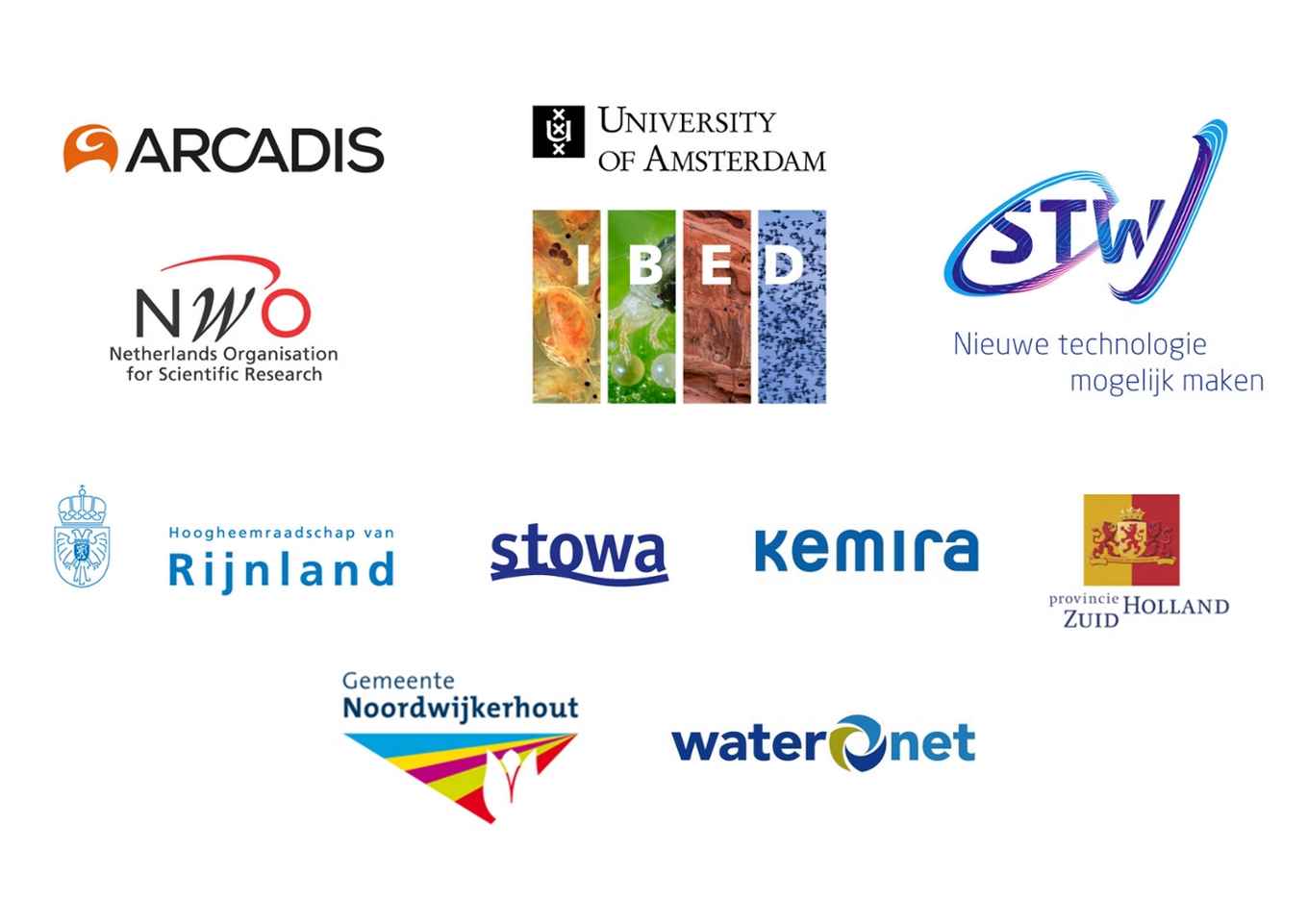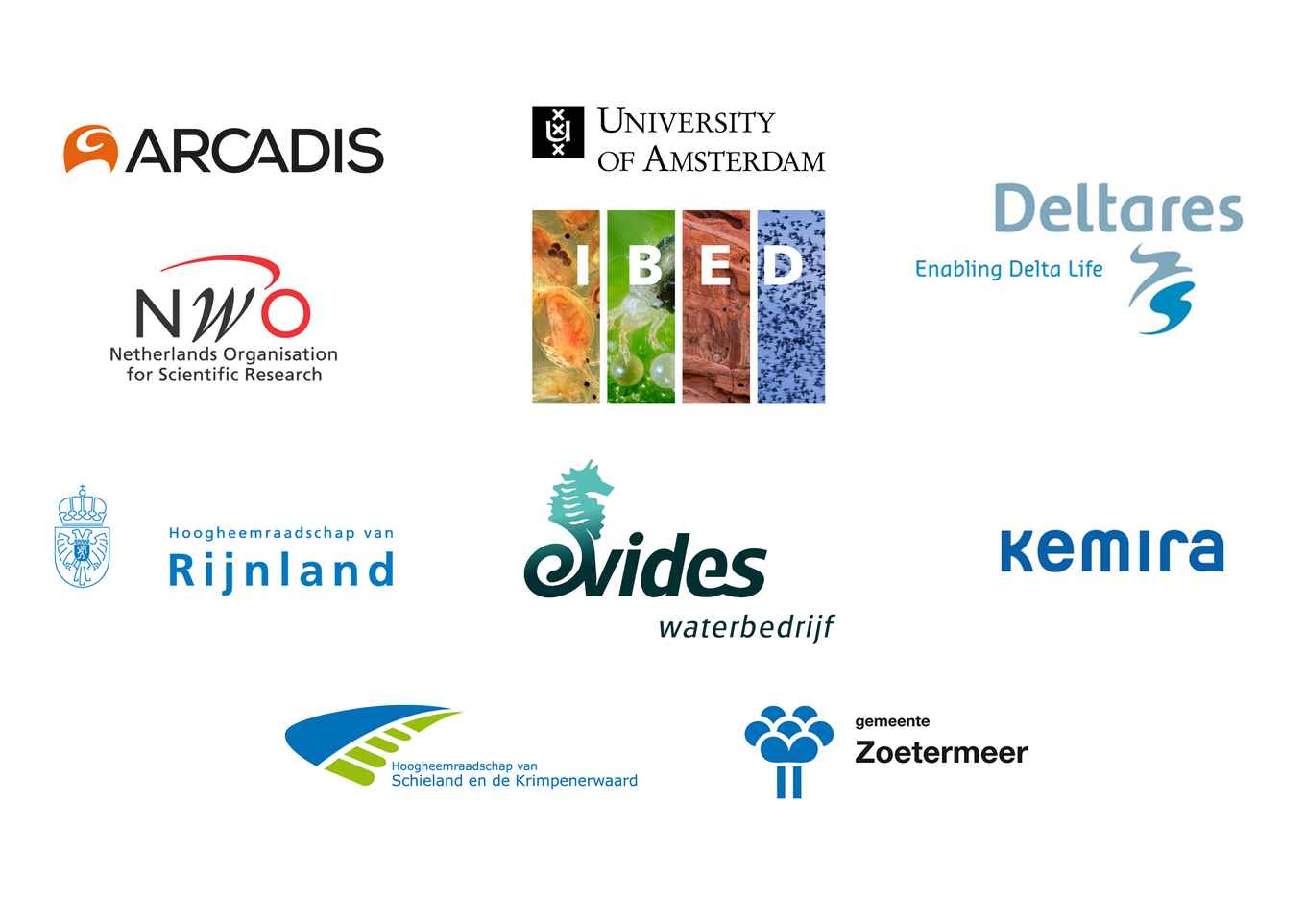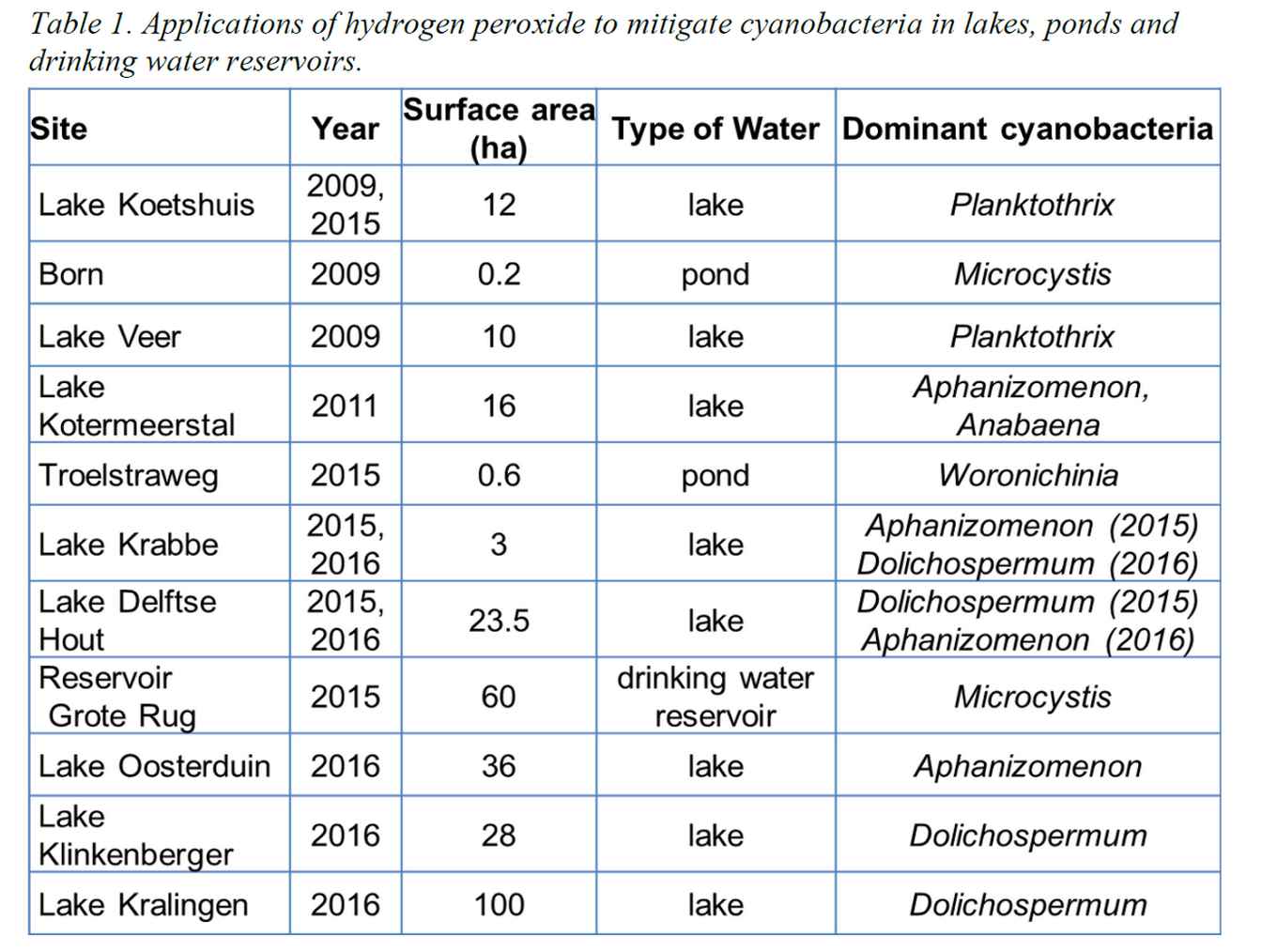Harmful algal blooms
Mitigation of cyanobacterial blooms
Cyanobacterial blooms are one of the major health risks associated with water resources worldwide. Cyanobacteria can produce a wide range of potent toxins (cyanotoxins) with adverse health effects on humans and animals exposed e.g. via drinking water, aquaculture and recreation.
Nutrients
Lake management aiming to reduce cyanobacterial blooms starts with a comprehensive system analysis assessing all point and non-point sources of nutrient loading in relation to lake characteristics (e.g. morphology, nutrient inputs, retention times). This multiple approach helps to define the best method to manage cyanobacteria. The most sustainable way to prevent cyanobacterial blooms is a strong reduction of the in-lake nutrient concentration. This comprises both the reduction of nutrient loads from the catchment and inflows to the water body. Nevertheless, it may take years before cyanobacterial abundances decline, depending largely on the decrease in nutrient loads achieved. To overcome cyanobacterial problems in these intervening years, or in cases where sufficient reduction of nutrient loading is too costly or not feasible, control and mitigation measures can be used.

Hydrogen peroxide
Dilute hydrogen peroxide can be used to reduce the cyanobacterial blooms on a very short term. Matthijs et al. (2012, 2016) discussed the application of this relatively new cyanocide in drinking water reservoirs and bathing waters. Cyanobacteria typically show a higher sensitivity to hydrogen peroxide than other groups of aquatic organisms. Moreover, hydrogen peroxide does not leave any harmful residuals in the lake because it breaks down into oxygen and water, and cyanotoxins degrade rapidly in the treated lakes.

Research projects
Since 2009, the UvA investigates this new mitigation technique in cooperation with Arcadis. The method has been applied in several lakes (see table below), but is still in the research phase. With funding of NWO in 2015, a team of researchers was appointed to study the method in several lakes. The overall goal of these studies is to design a decision support tool that can help predict the effectiveness of hydrogen peroxide applications and will provide for educated application in cyanobacterial bloom mitigation.
Open Technology Programme - TTW project (1-12-2015 – 1-12-2019)
Rapid mitigation of cyanobacterial blooms in fresh water lakes with hydrogen peroxide: From proof of principle and new ideas to market readiness (Cyanostopper).
PhD candidate: Tim Piel (promotor Prof. Jef Huisman, Prof, Corina Brussaard)
Postdoc: Giovanni Sandrini
Project leader: Petra Visser

License to Operate –NWO project (1-12-2015 – 1-12-2019)
New peroxide applications for prolonged reduction of cyanobacterial dominance in freshwater lakes
PhD candidate: Erik Weenink (promotor Prof. dr. Jef Huisman, Prof. dr. Corina Brussaard)
Technicians: Maria van Herk, Mariël Léon-Grooters
Project leader: Petra Visser

Lake treatments
Table 1. Applications of hydrogen peroxide to mitigate cyanobacteria in lakes, ponds and drinking water reservoirs

In all these lakes, hydrogen peroxide applications resulted in a strong suppression of the cyanobacterial populations, sometimes for only a few weeks but in many lakes for several months (i.e., until the end of the summer season). In Lake Kralingen (‘Kralingse Plas’) the annual fish stock assessment showed a strong decline of the fish stock from September 2015 to September 2016. Some have attributed this decline to the hydrogen peroxide treatment in July and August 2016, but dead fish were not found during the summer period despite intense monitoring. Therefore, we think that it is much more likely that the fish decline in this lake was associated with a winter kill during the late fall or winter of 2015/2016 (see the pdf below). In the other treated lakes, we did not observe fish kills or other negative effects on the ecosystem that might have been associated with the hydrogen peroxide treatments.
Relevant publications
- Matthijs, HCP, Jančula, D, Visser, PM & Maršálek, B 2016, 'Existing and emerging cyanocidal compounds: New perspectives for cyanobacterial bloom mitigation' Aquatic Ecology, vol 50, 3, pp. 443-460
- Weenink, F. J., Luimstra, V. M., Schuurmans, J. M., van Herk, M. J., Visser, P. M., & Matthijs, H. C. P. (2015). "Combatting cyanobacteria with hydrogen peroxide: A laboratory study on the consequences for phytoplankton community and diversity". Frontiers in Microbiology, 6, 714.
- Burson, A., Matthijs, H. C. P., de Bruijne, W., Talens, R., Hoogenboom, R., Gerssen, A., Huisman, J. (2014). "Termination of a toxic Alexandrium bloom with hydrogen peroxide". Harmful Algae, 31, 125-135
- Matthijs, H. C. P., Visser, P. M., Reeze, B., Meeuse, J., Slot, P. C., Wijn, G., ... Huisman, J. (2012). "Selective suppression of harmful cyanobacteria in an entire lake with hydrogen peroxide". Water Research, 46(5), 1460-1472